Choosing a liquid sealant

You can use a liquid sealant to seal a small gap in something. Small gaps require the substance to penetrate well and fill even the smallest gaps, so it must be liquid. Such sealants are currently in great demand and are relevant in the market.
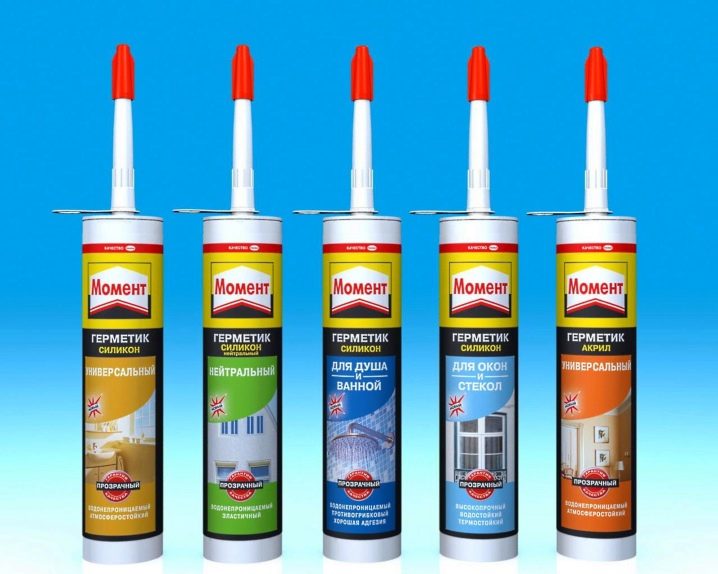
Peculiarities
Thanks to the sealing compounds, the construction and renovation process becomes simple and fast. With their help, you can reliably fasten various surfaces to each other without nails and a hammer, use them as a means of sealing and for sealing cracks and cracks. When installing windows or eliminating minor problems in everyday life, they are irreplaceable, saving money and time. Their use makes it possible to repair pipes without opening the walls and removing plumbing structures.
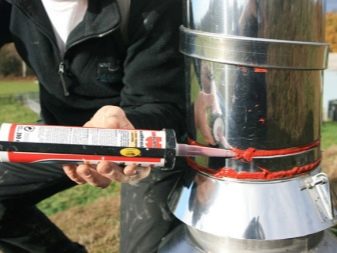
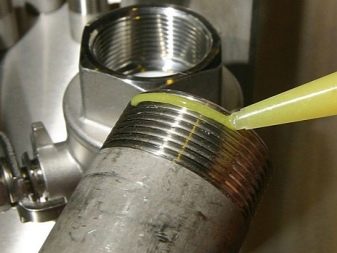
Liquid sealant currently has a stronger effect than glue, but not as "heavy" as building mixture.
The sealing liquid has a number of properties:
- does not change its characteristics under the influence of high temperature;
- is moisture resistant;
- withstands heavy loads.
The liquid solution is one-component, comes in tubes and is ready to use. The tool for larger-scale works is available in canisters of various sizes.
It is advisable to use a liquid sealant only if a small crack has formed, and also if other measures to eliminate it are not possible.
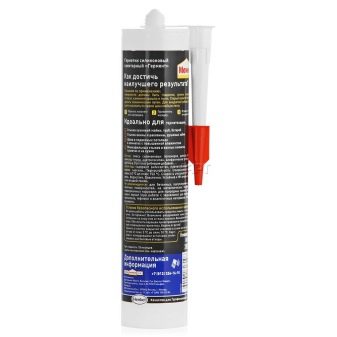
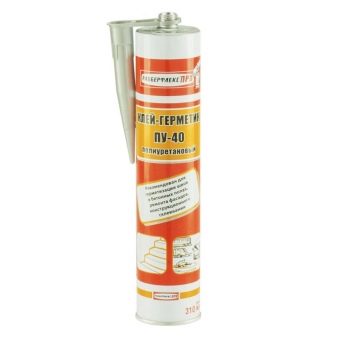
Scope of application
Liquid sealant can vary in composition and application:
- Universal or "liquid nails". It can be used for both external and internal work at home. It can be used to glue materials together (glass, ceramics, silicate surfaces, wood, textiles), is used for various types of repair work and seals various seams. Without the use of nails, you can fix tiles, cornices, various panels. The transparent solution provides a connection that is almost invisible to the eye, which is very strong and reliable: it can withstand a load of up to 50 kg.
- For plumbing. It is used for sealing the joints of sinks, bathtubs, shower cabins. Differs in increased resistance to moisture, high temperatures and cleaning chemicals.
- For auto. It can be used when replacing gaskets, as well as in the cooling system to eliminate leaks. Before using this product, you must wear safety glasses, as it can damage your eyes.
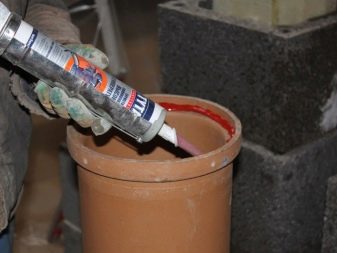
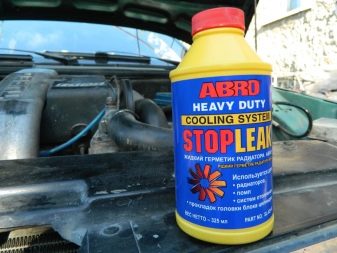
- "Liquid plastic". It is used when working with plastic products, for example, when installing windows, joints are processed with it. Due to the presence of PVA glue in its composition, the glued surfaces form a monolithic connection.
- "Liquid rubber". It is formulated with liquid polyurethane, which makes it suitable for use in cold and humid conditions. It is a very durable sealing agent and is used in various types of work during repair and construction. This tool was invented in Israel, outwardly it resembles rubber, which is why it got this name. However, manufacturers prefer to call it “sprayed waterproofing”. The mortar is excellent for application to roofs of houses to fill hidden leaks in the joints.
In addition, "liquid rubber" is suitable for emergency repairs in the event of a puncture of tires, filling in microcracks and forming a very strong connection.This liquid can also be used for prophylaxis in order to create a protective layer inside the wheels. This applies to vehicles that operate under extreme conditions.
- Liquid sealant, designed to repair leaks in the heating system, which are formed as a result of corrosion, poor-quality connections. It differs in that it is not applied outside, but is poured into pipes. The liquid begins to solidify, coming into contact with air, which penetrates into the pipe through the damaged area. So he only glues the places where it is necessary from the inside. It can be used to repair hidden sewer structures, heating systems, underfloor heating, and use in swimming pools.
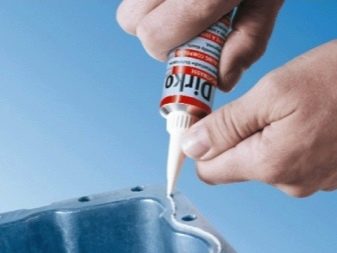

Heating system sealants can be of different types:
- for pipes with water or antifreeze coolant;
- for boilers fired by gas or solid fuel;
- for water pipes or heating systems.
For each specific case and certain system parameters, it is better to choose a separate sealant. Generic remedies will not be effective. A correctly selected product will cope with its task without harming the boiler, pump and measuring instruments.
In addition, there are specialized sealants designed for the repair of gas pipelines, water pipelines, pipelines. However, if the cause of the leak lies in the destruction of the metal, the sealant may be powerless. In this case, a complete replacement of the part will be required.
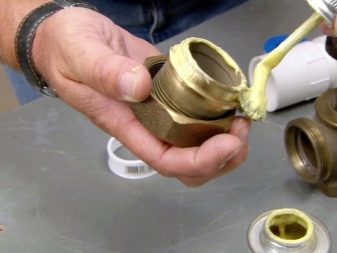
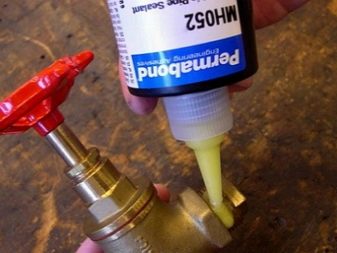
Manufacturers
There are many manufacturers of liquid sealants. There are several leaders on the market who deservedly have a lot of positive reviews from satisfied customers:
- "Aquastop" - a line of liquid sealants produced by Aquatherm. The products are intended for the repair of hidden leaks in heating systems, swimming pools, sewerage and water supply systems.
- Fix-A-Leak. The company specializes in the production of liquid sealants for pools, SPA. The manufactured products are capable of eliminating leaks, filling the smallest cracks even in inaccessible places, does not require changing water and is suitable for working with concrete, paint, liner, fiberglass, acrylic, and plastic.
- HeatGuardex - a company that produces high-quality sealant for closed-type heating systems. The liquid eliminates leaks by filling microcracks, reduces pressure loss in pipes.
- BCG. The German firm produces one of the highest quality polymerizable sealants on the market today. The products perfectly cope with the sealing of hidden leaks, permanently solving the problem of the formation of new cracks and cracks. It is used in the heating system, swimming pools, water supply systems. Can be used for concrete, metal, plastic surfaces.
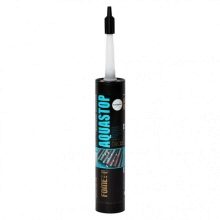
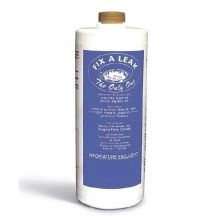

Advice
To make a really high-quality repair, it is worth following some advice on working with the sealant.
- When choosing a liquid, you should carefully read its properties. Only knowing the composition of the solution and its purpose, it is possible to eliminate the leak, repair cracks, and obtain a durable connection. You only need to use the sealant that is suitable for this type of piping system.
- Different sealants can act with different coolants, this must be taken into account when making a choice. Some are intended for a heating system, inside which there is water, others operate in pipes filled with other liquids, for example, antifreeze, saline or anti-corrosion solutions.
- Make sure the surface is clean and dry before starting work.
- Before pouring liquid sealant inside the heating system, the amount of liquid that is planned to be filled must first be drained from the system.
- Special attention should be paid to whether the product is resistant to high or low temperatures.
- After applying the liquid, it is better to immediately remove all excess from the surface.The solution hardens very quickly, therefore, over time, its elimination will be almost impossible.
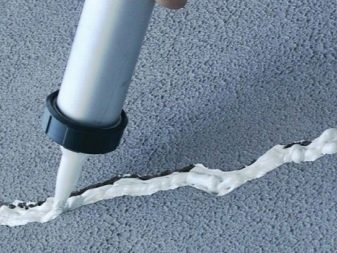
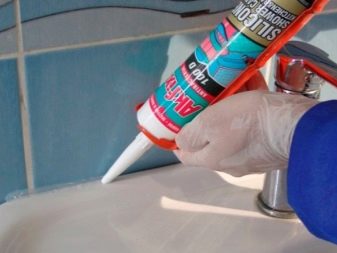
- If a malfunction is detected in the heating system, before filling in the sealant, it is worth making sure that the expansion tank or boiler is working correctly. In the event of a malfunction, a decrease in pressure may occur, which can be mistaken for the formation of leaks in pipes, joints, and the boiler heat exchanger.
- The solution begins to act on about 3-4 days. It is possible to determine that it gave a positive effect when the sound of water droplets inside the system disappears, the floor becomes dry, moisture will not form, the pressure inside the pipe will stabilize and will not decrease.
- If the pipes are made with the addition of aluminum, one week after pouring sealant into them, the liquid must be drained and the pipeline must be flushed.
- When working with liquid sealant, remember all safety rules. It is a chemical that requires careful handling. If the solution gets on the skin or eyes, it is necessary to immediately rinse the damaged area with plenty of water. If the liquid gets inside the body, you need to drink a lot of water, rinse your mouth and call an ambulance.
- The sealant should not be stored near acid.
- In order to dispose of the liquid sealant, no special conditions need to be observed.
- If it is not possible to buy a sealant, you can try using mustard powder to fix the leak instead. To do this, pour it into the expansion tank and wait a few hours. During this time, the leak should stop.

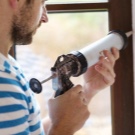


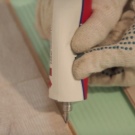
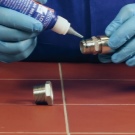
For information on how to choose a liquid sealant, see the next video.













The comment was sent successfully.